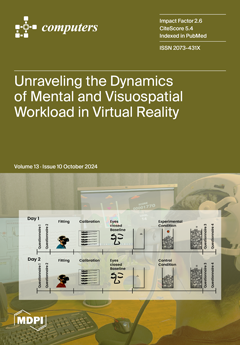This systematic literature review aims to evaluate and synthesize the effectiveness of various embedding techniques—word embeddings, contextual word embeddings, and context-aware embeddings—in addressing Meaning Conflation Deficiency (MCD). Using the PRISMA framework, this study assesses the current state of research and provides insights into the impact of these techniques on resolving meaning conflation issues. After a thorough literature search, 403 articles on the subject were found. A thorough screening and selection process resulted in the inclusion of 25 studies in the meta-analysis. The evaluation adhered to the PRISMA principles, guaranteeing a methodical and lucid process. To estimate effect sizes and evaluate heterogeneity and publication bias among the chosen papers, meta-analytic approaches were utilized such as the tau-squared (τ
2) which represents a statistical parameter used in random-effects, H-squared (H
2) is a statistic used to measure heterogeneity, and I-squared (I
2) quantify the degree of heterogeneity. The meta-analysis demonstrated a high degree of variation in effect sizes among the studies, with a τ
2 value of 8.8724. The significant degree of heterogeneity was further emphasized by the H
2 score of 8.10 and the I
2 value of 87.65%. A trim and fill analysis with a beta value of 5.95, a standard error of 4.767, a Z-value (or Z-score) of 1.25 which is a statistical term used to express the number of standard deviations a data point deviates from the established mean, and a
p-value (probability value) of 0.2 was performed to account for publication bias which is one statistical tool that can be used to assess the importance of hypothesis test results. The results point to a sizable impact size, but the estimates are highly unclear, as evidenced by the huge standard error and non-significant
p-value. The review concludes that although contextually aware embeddings have promise in treating Meaning Conflation Deficiency, there is a great deal of variability and uncertainty in the available data. The varied findings among studies are highlighted by the large τ
2, I
2, and H
2 values, and the trim and fill analysis show that changes in publication bias do not alter the impact size’s non-significance. To generate more trustworthy insights, future research should concentrate on enhancing methodological consistency, investigating other embedding strategies, and extending analysis across various languages and contexts. Even though the results demonstrate a significant impact size in addressing MCD through sophisticated word embedding techniques, like context-aware embeddings, there is still a great deal of variability and uncertainty because of various factors, including the different languages studied, the sizes of the corpuses, and the embedding techniques used. These differences show how future research methods must be standardized to guarantee that study results can be compared to one another. The results emphasize how crucial it is to extend the linguistic scope to more morphologically rich and low-resource languages, where MCD is especially difficult. The creation of language-specific models for low-resource languages is one way to increase performance and consistency across Natural Language Processing (NLP) applications in a practical sense. By taking these actions, we can advance our understanding of MCD more thoroughly, which will ultimately improve the performance of NLP systems in a variety of language circumstances.
Full article





